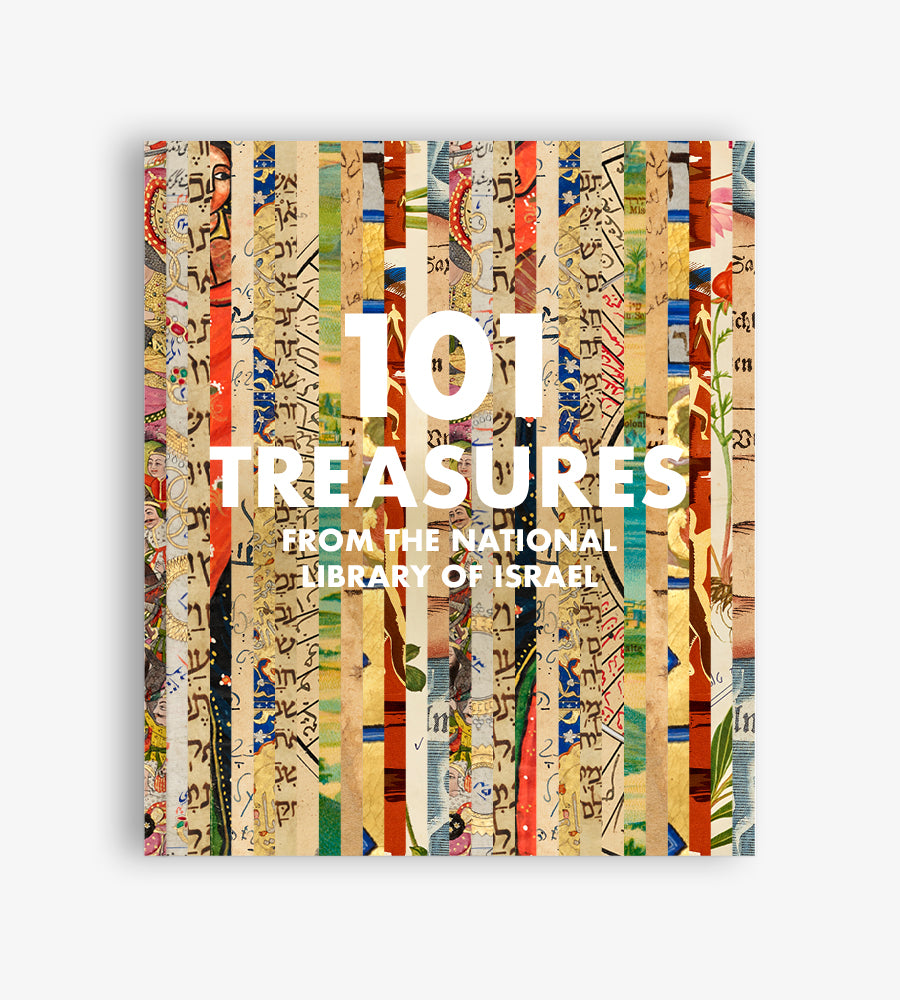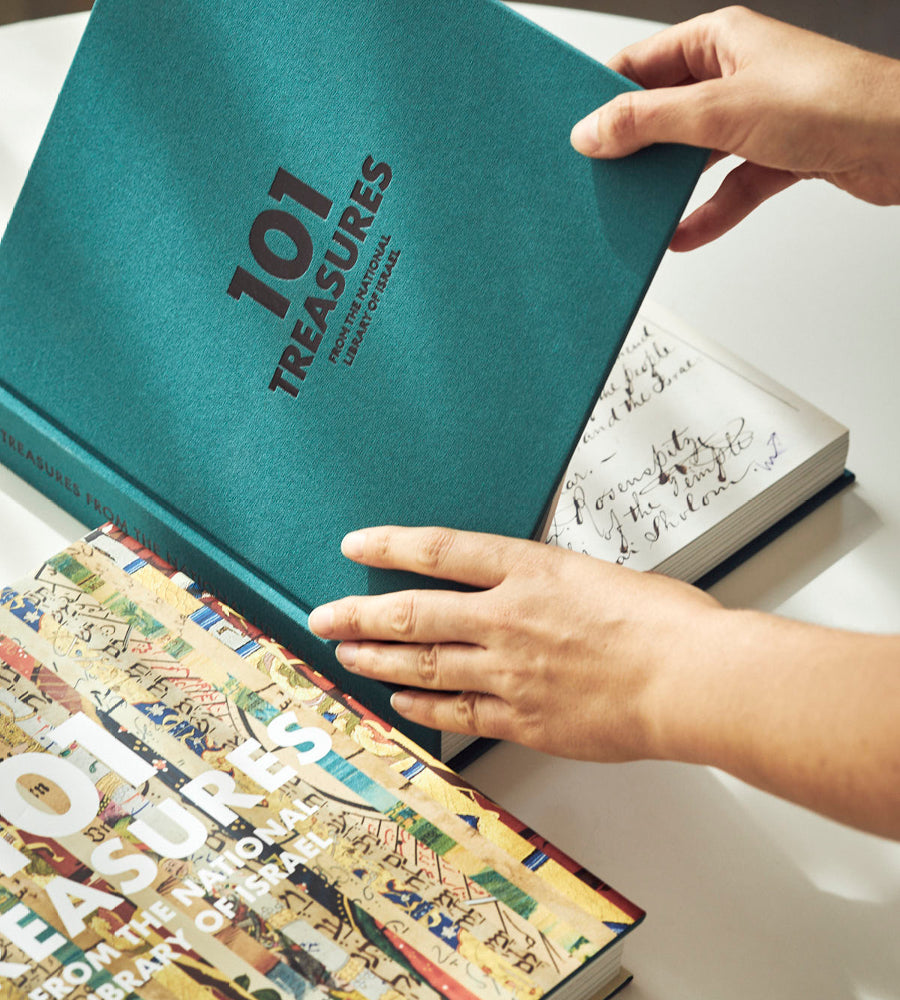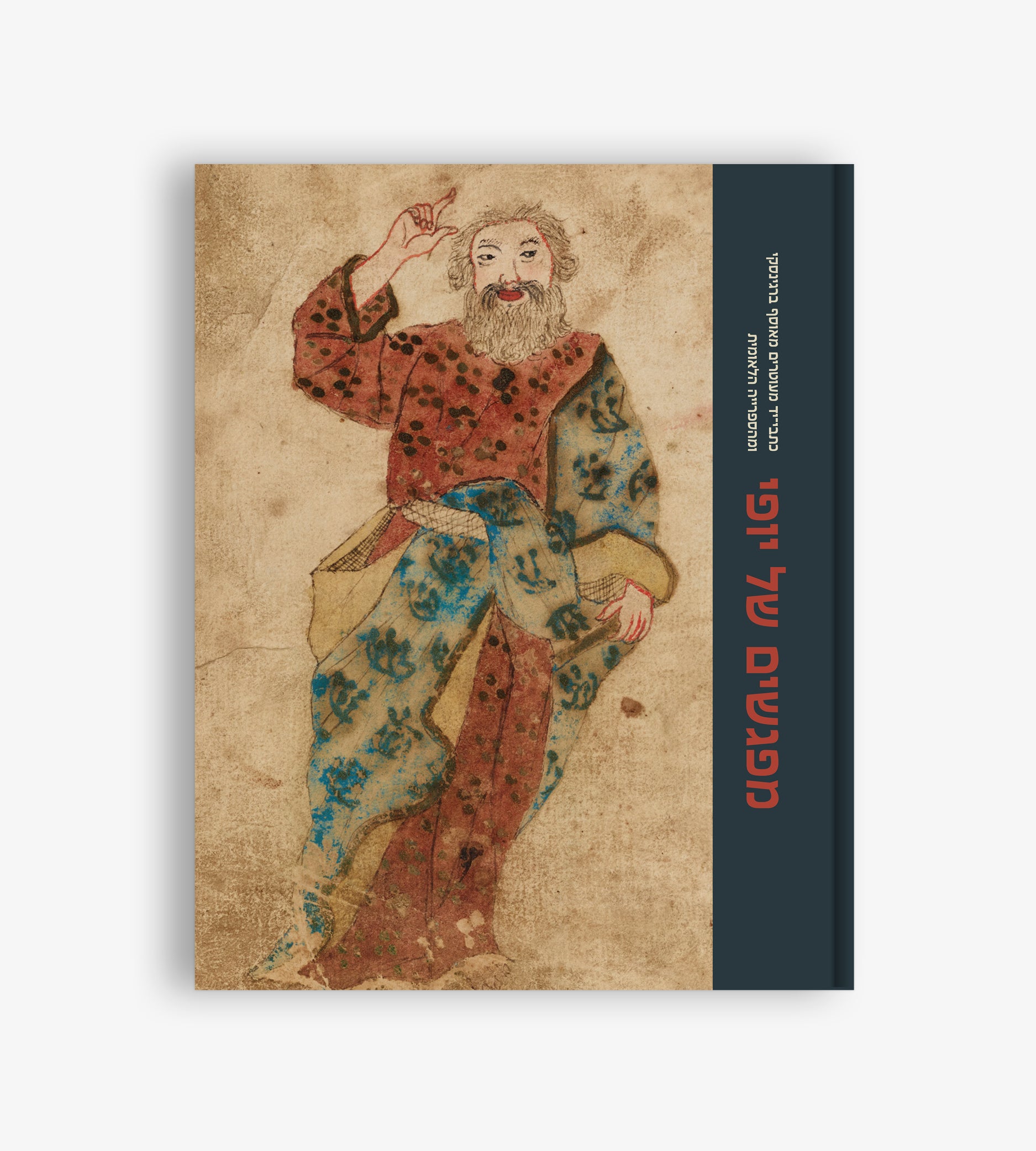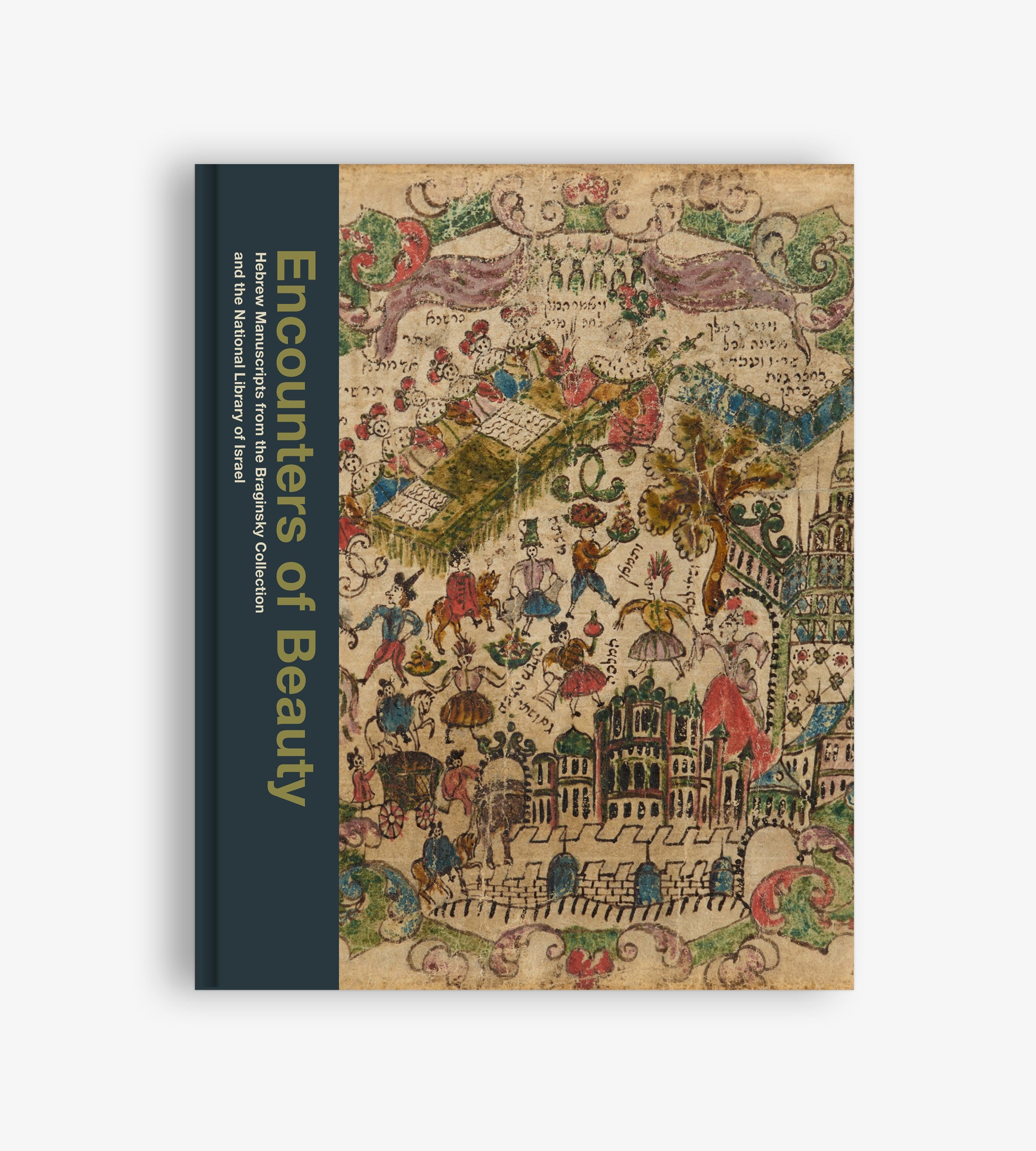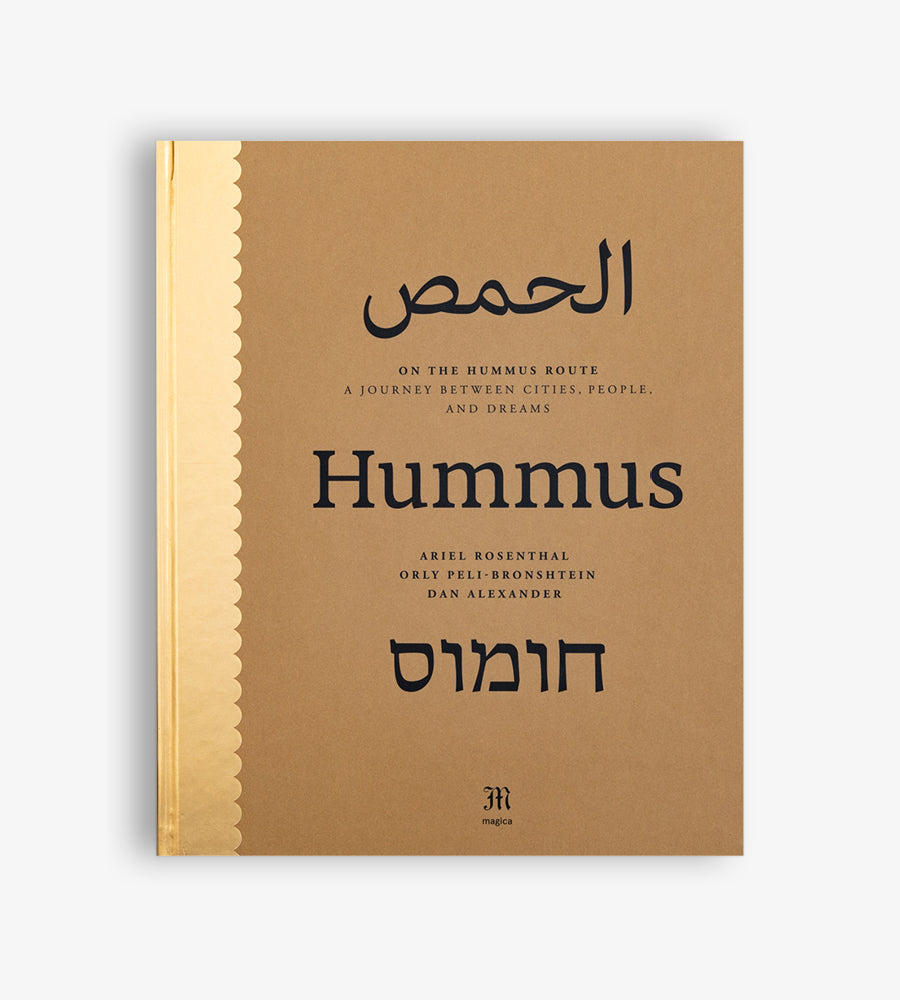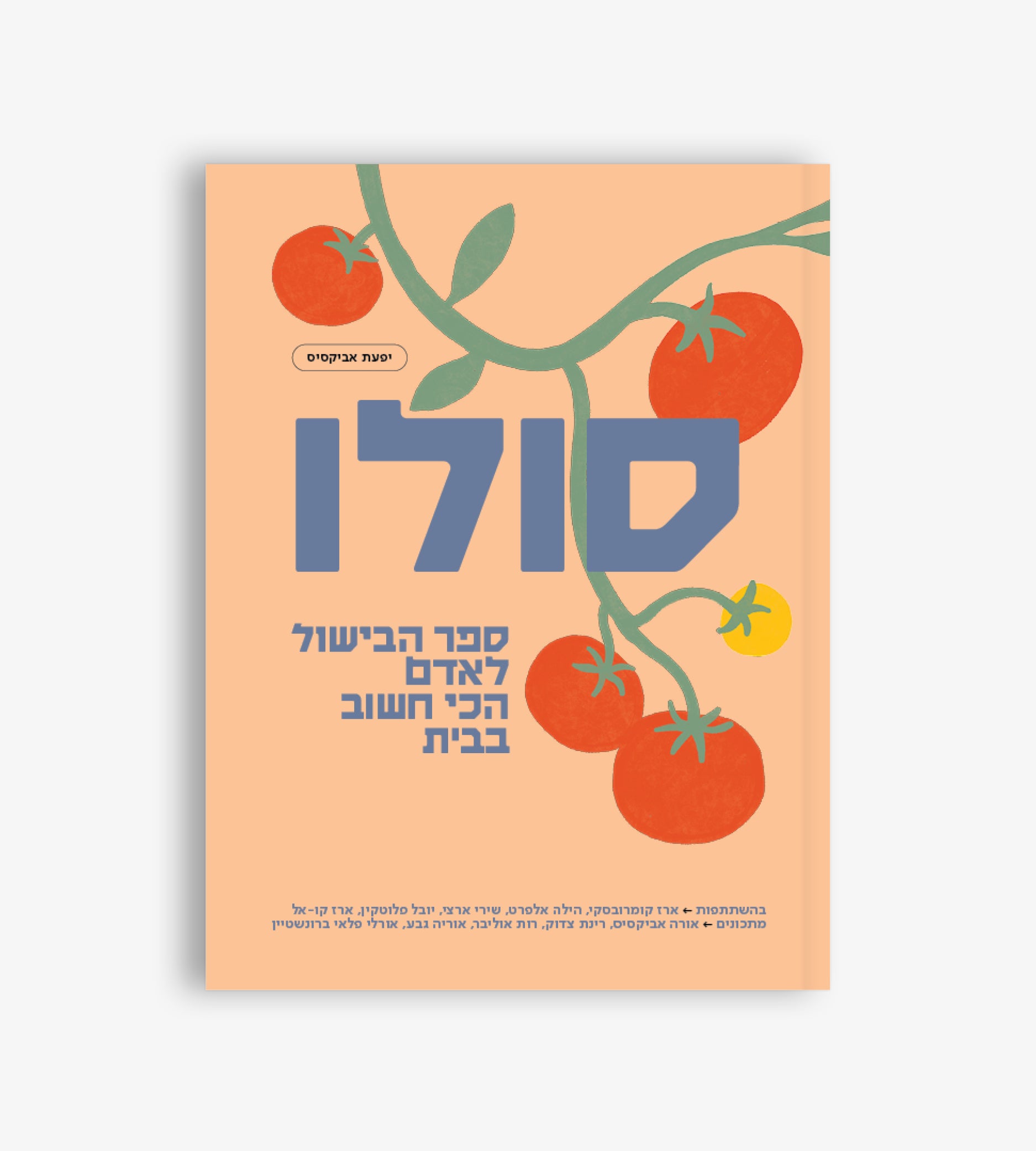Article: Mahzor of Generations

Mahzor of Generations
Yoel Finkelman

When the Jewish community of Wurzburg, Germany, was destroyed in 1298, the refugees fled with two enormous handwritten parchment mahzors (holiday prayer books): one created in 1272 and the other in 1280. They contained not only the texts of the prayers but also boldly colored illuminations and dramatic images. Some of the refugees settled in the city of Worms, and their rescued prayer books became symbols of the community’s identity and a source for its liturgy for hundreds of years. Cantors would regularly use these two volumes, adding their own handwritten notes to help navigate the prayers and tunes.
After centuries of continual use, the mahzors were almost stolen during Kristallnacht in November 1938. The city archivist, Dr. Friedrich Illert, at great risk to his own life, smuggled the books out of the Gestapo offices and hid them in the local cathedral, where they remained safe until after the war. In 1957, the city agreed to return them to the Jewish people and have them preserved at the National Library.
The first volume contains the earliest known example of written Yiddish — a language with an even longer history than that of these two volumes. Yiddish would come to have its own high and low cultures, which included religious and secular literature, newspapers, theater, music, and academic research. However, in the thirteenth century, it was primarily a spoken Jewish vernacular, building on the local German dialect and combining it with traditional Hebrew terms.
In one of the handwritten Yiddish notes inside the mahzor, the scribe offers a simple blessing to the person tasked with carrying these weighty tomes to the synagogue: “Gut taq im betage se vaer dis mahsor in beith hakenses trage” (Let a good day shine for he who carries this mahzor to the synagogue).


